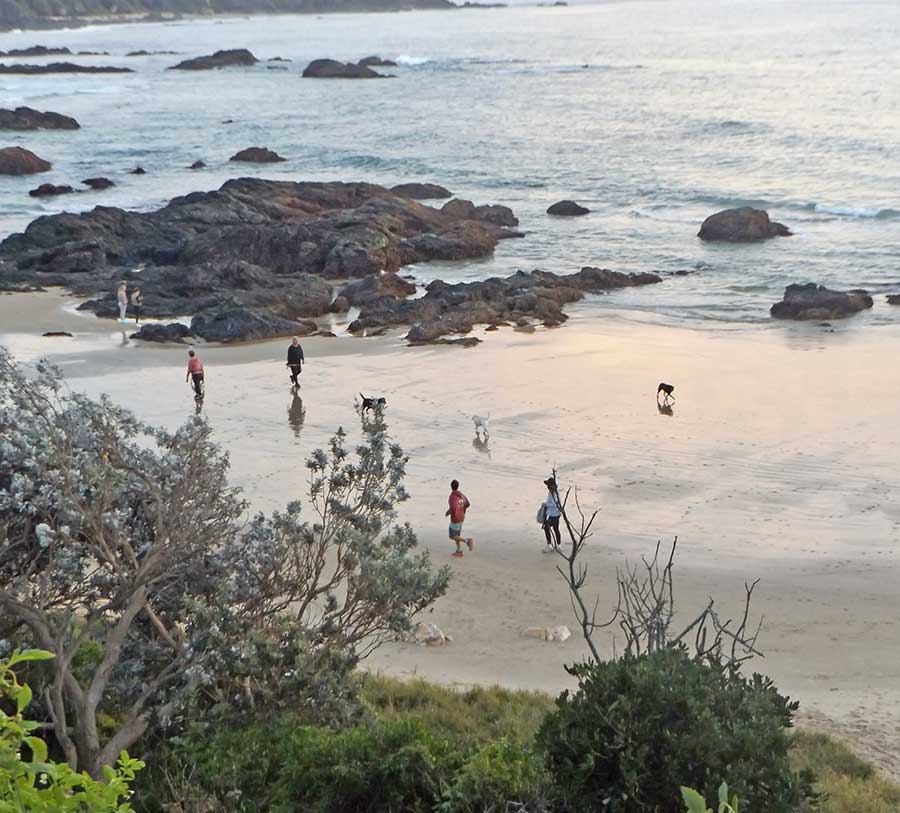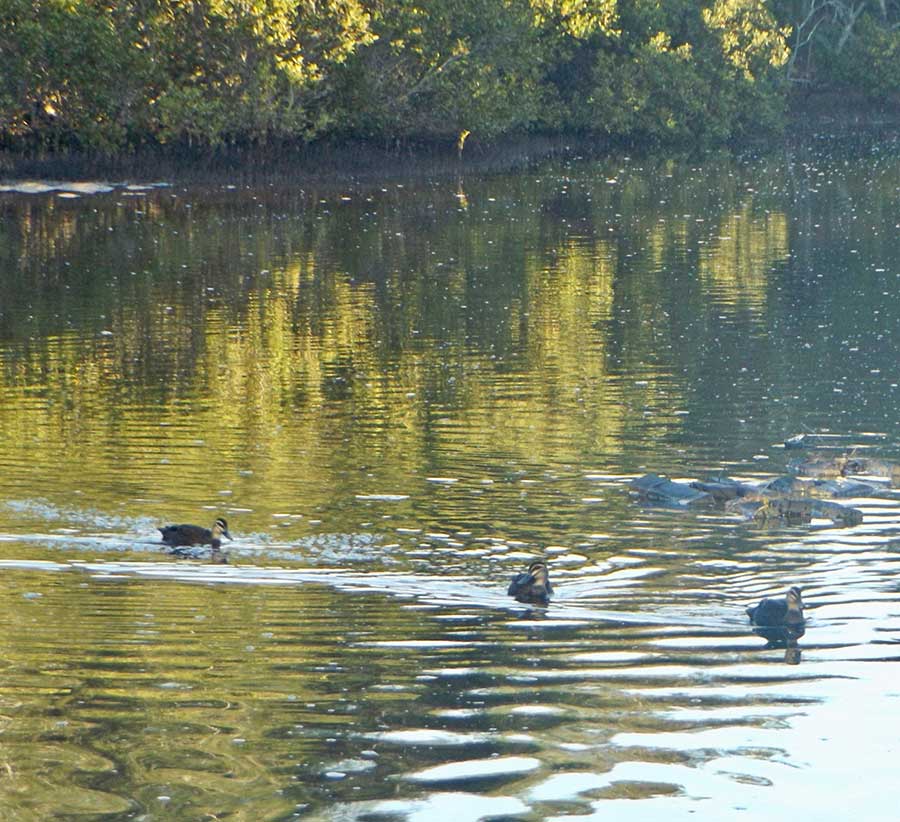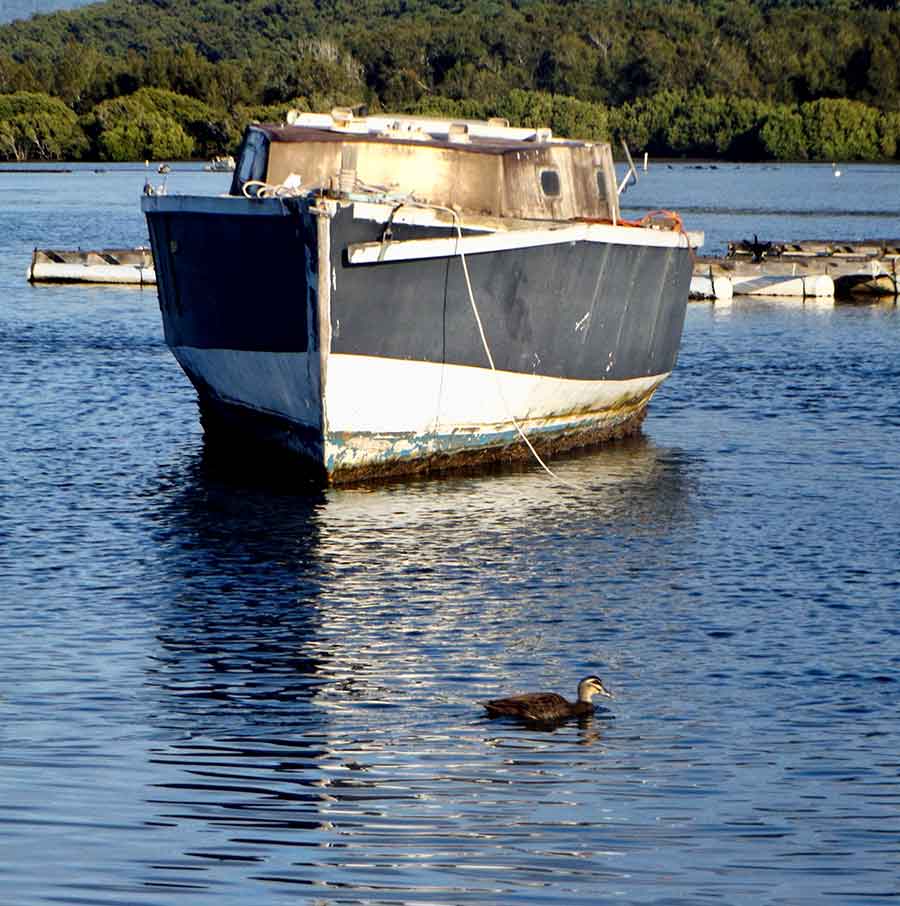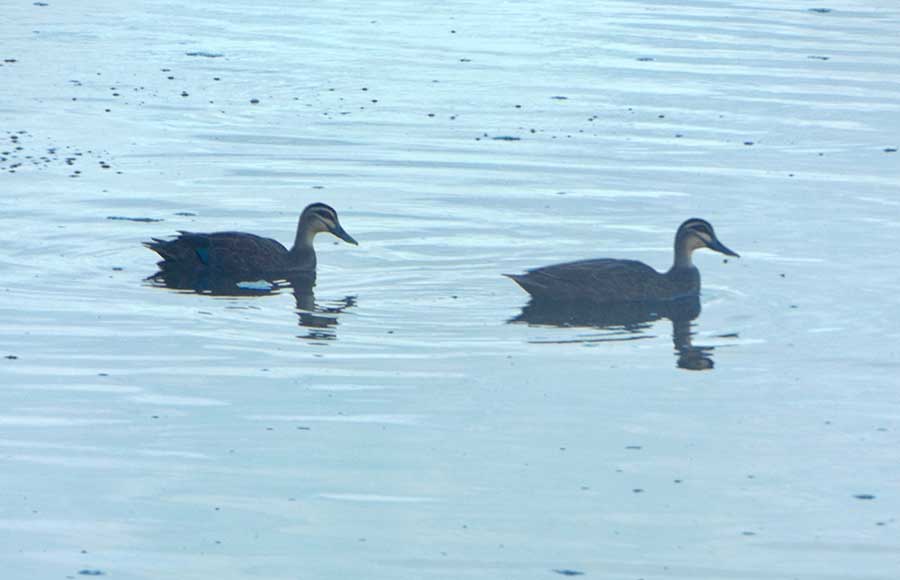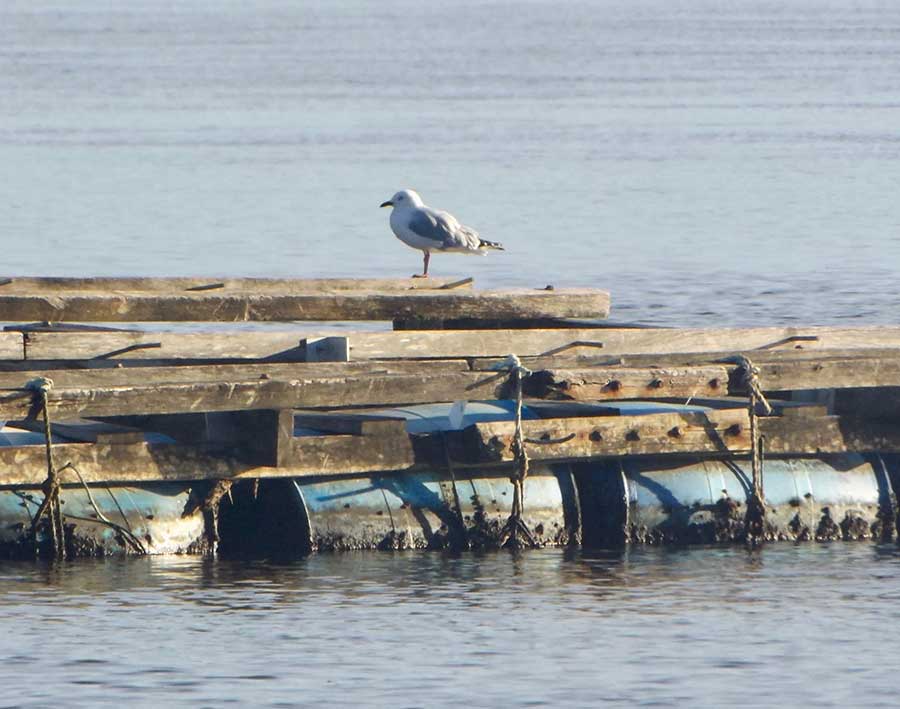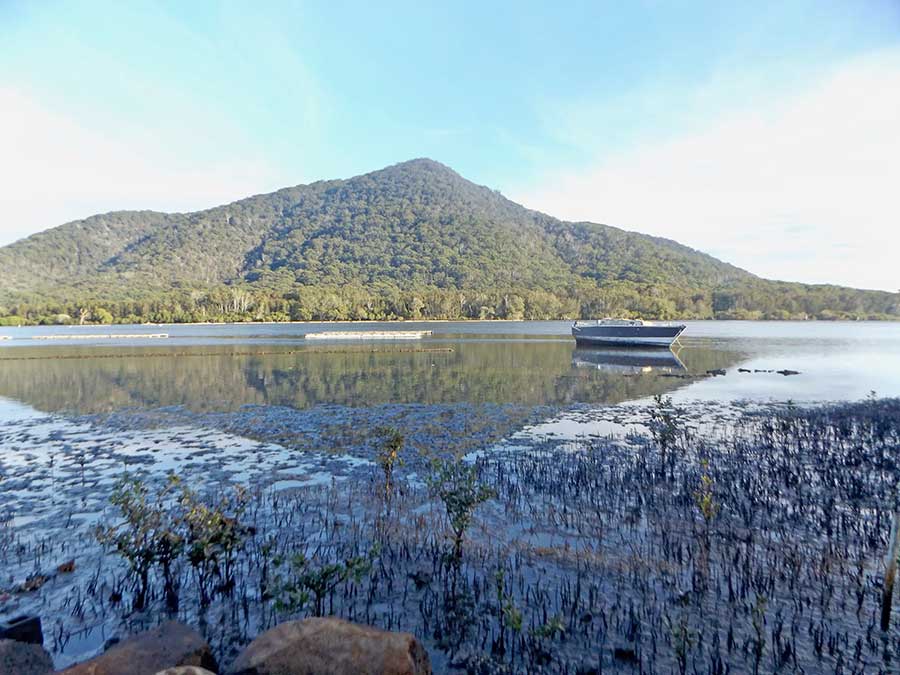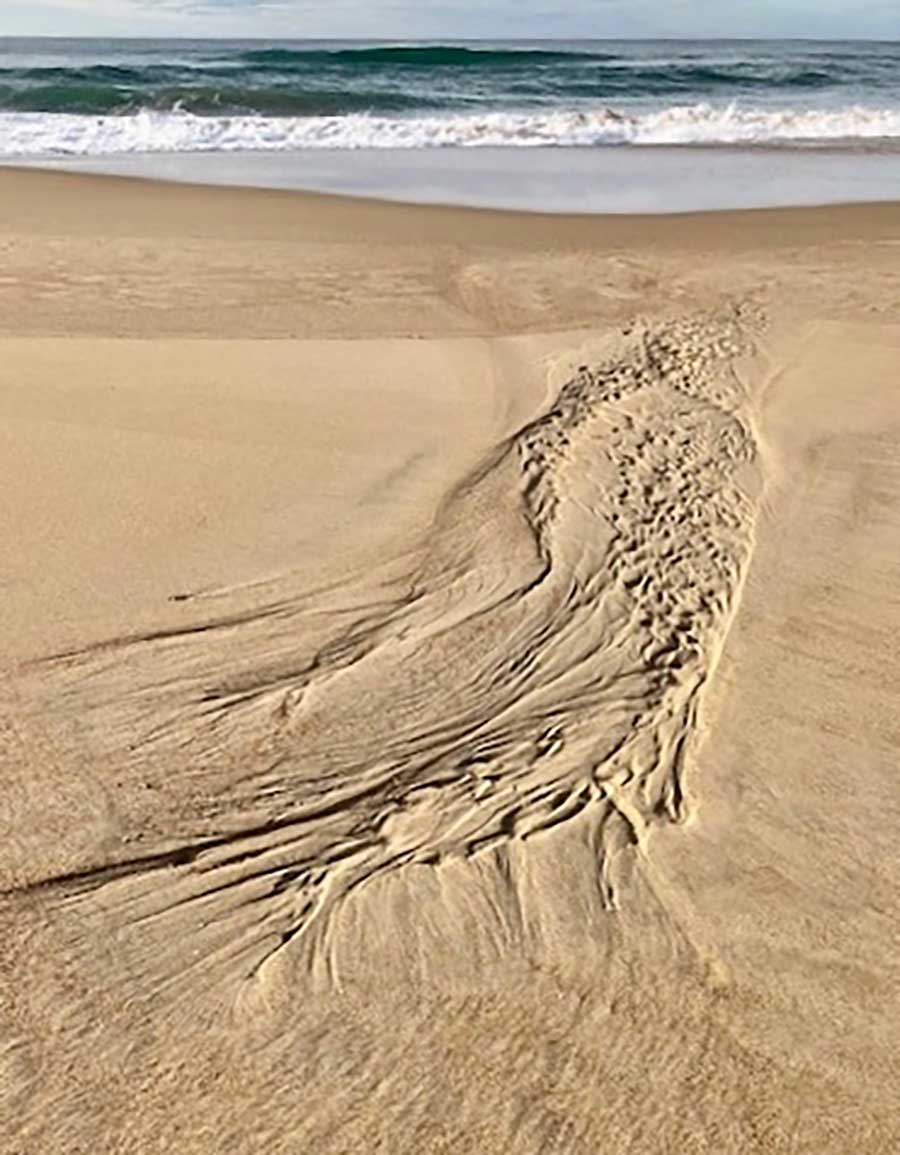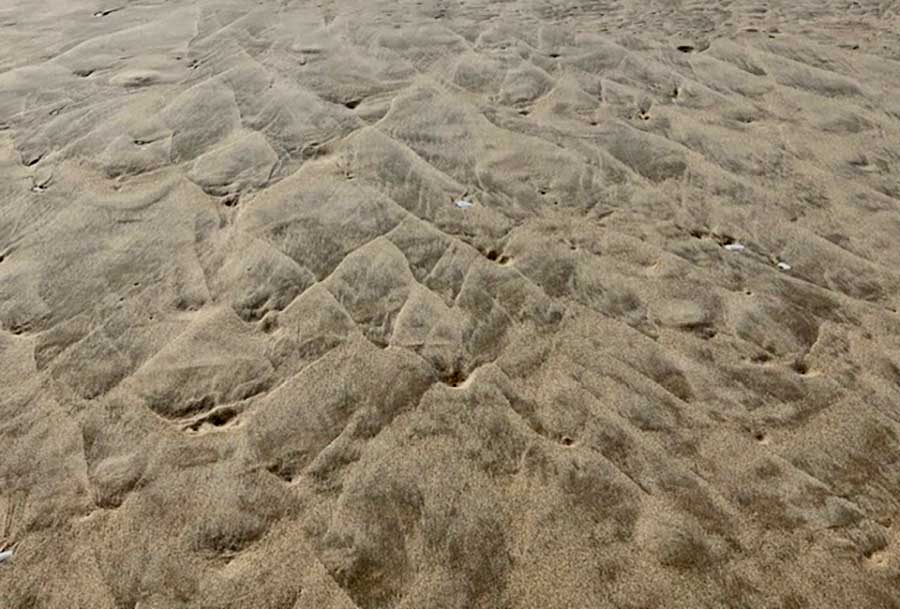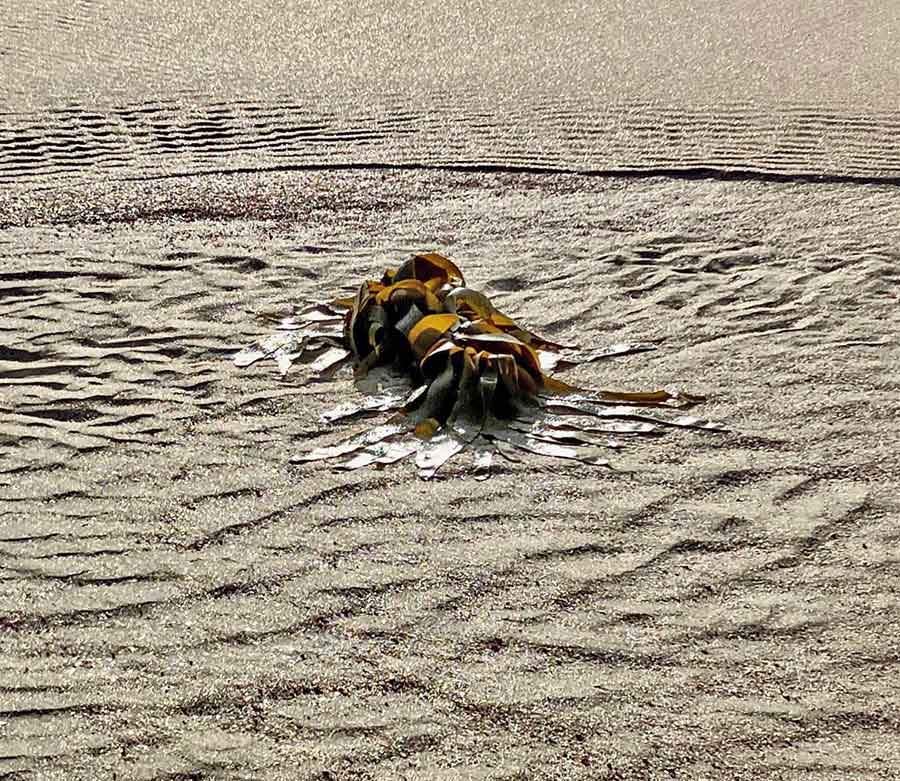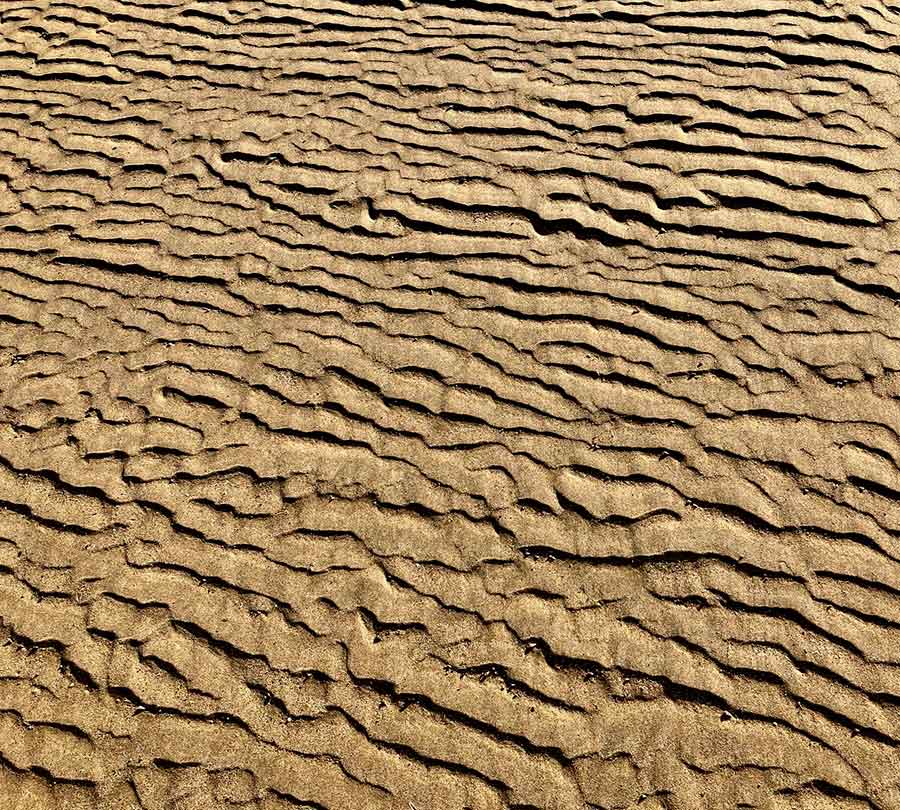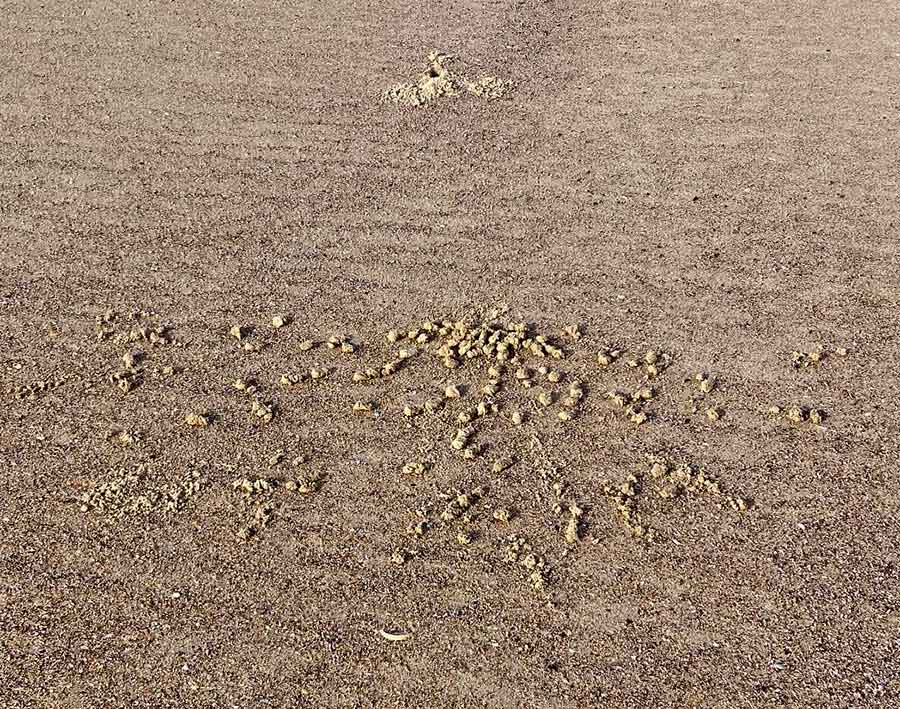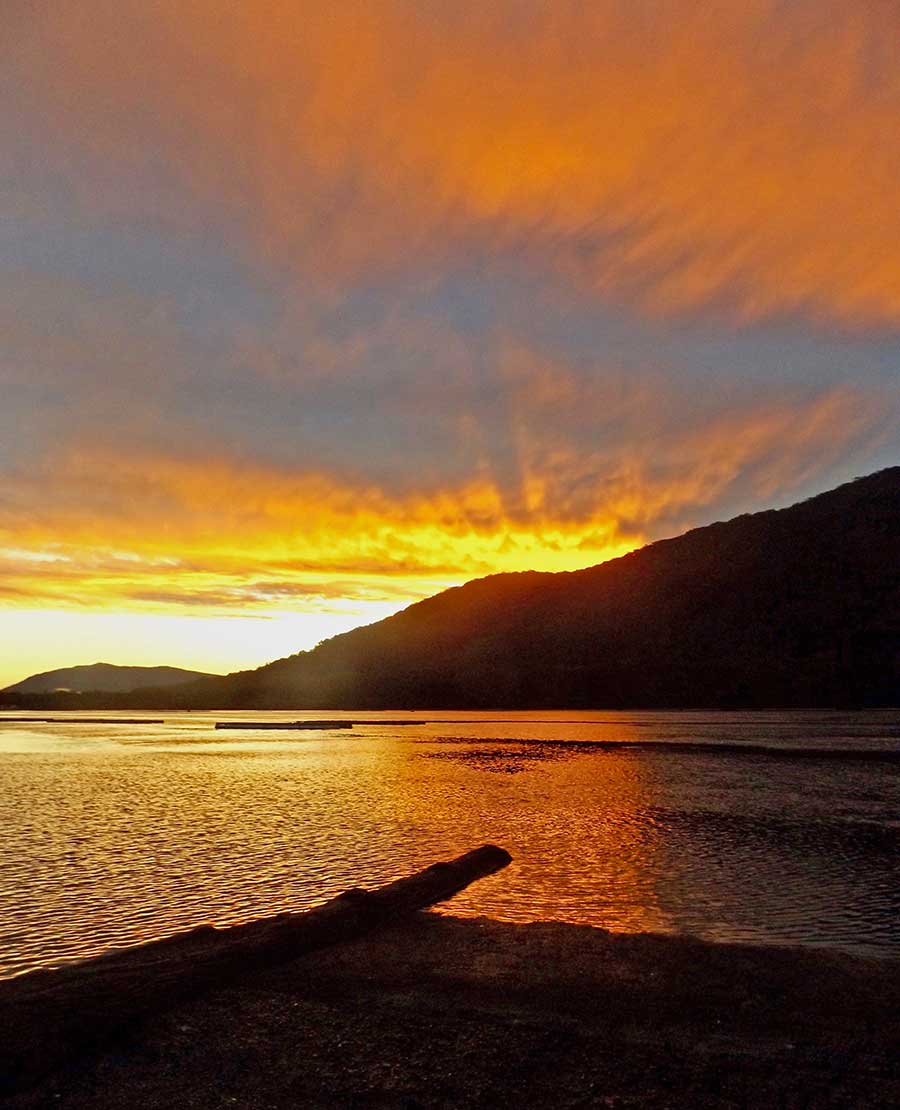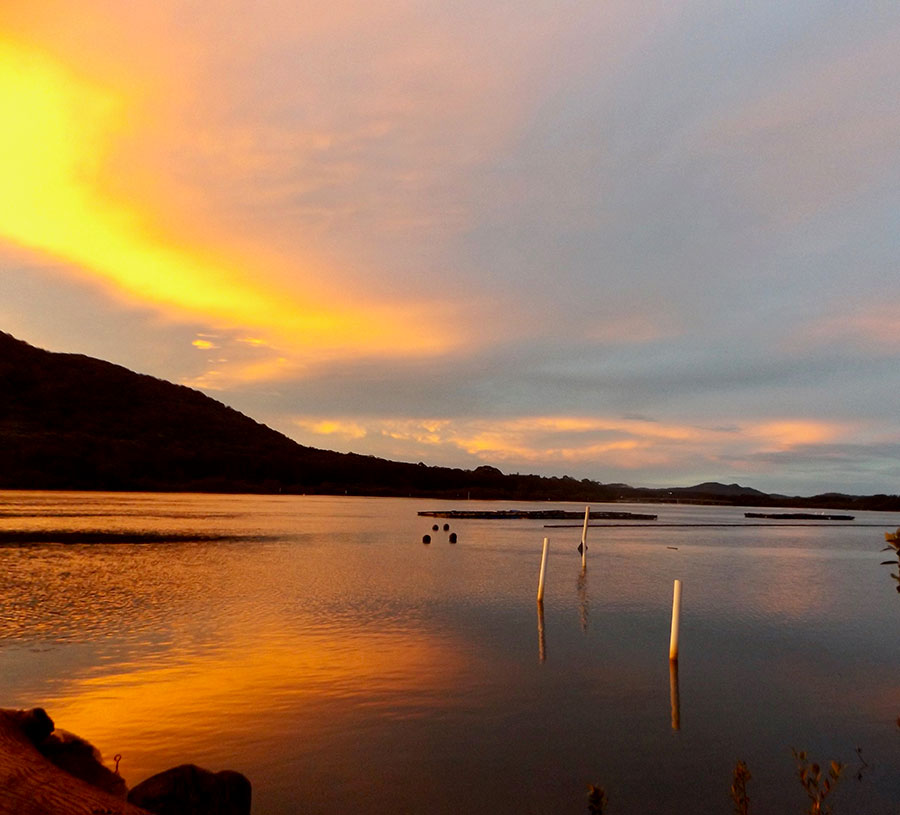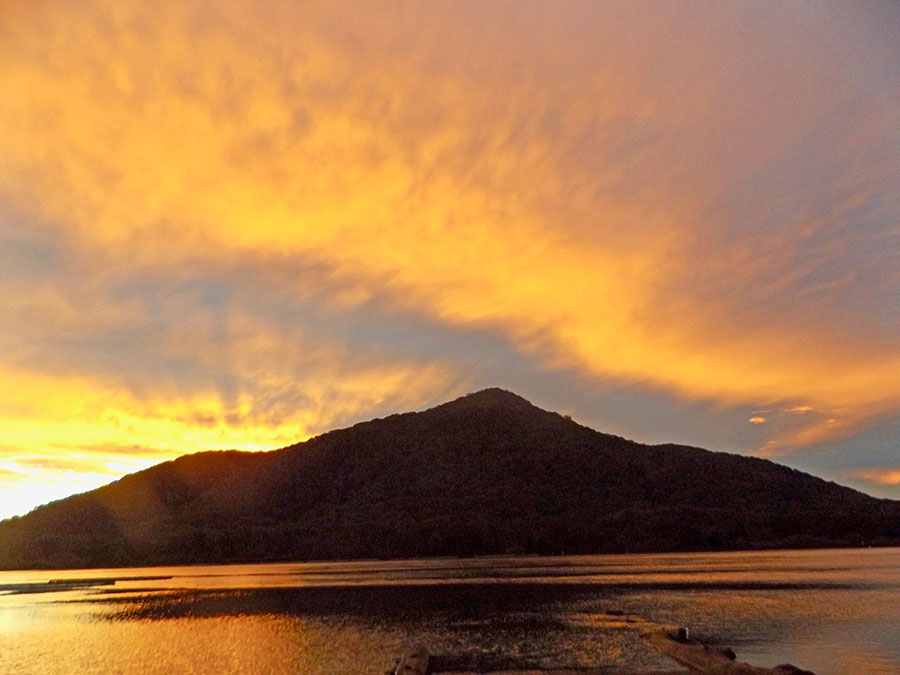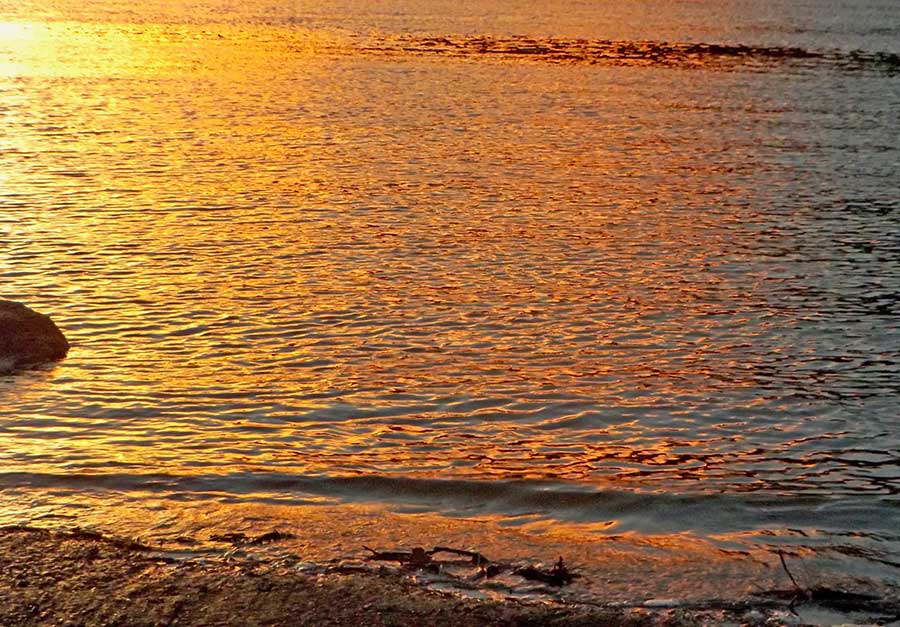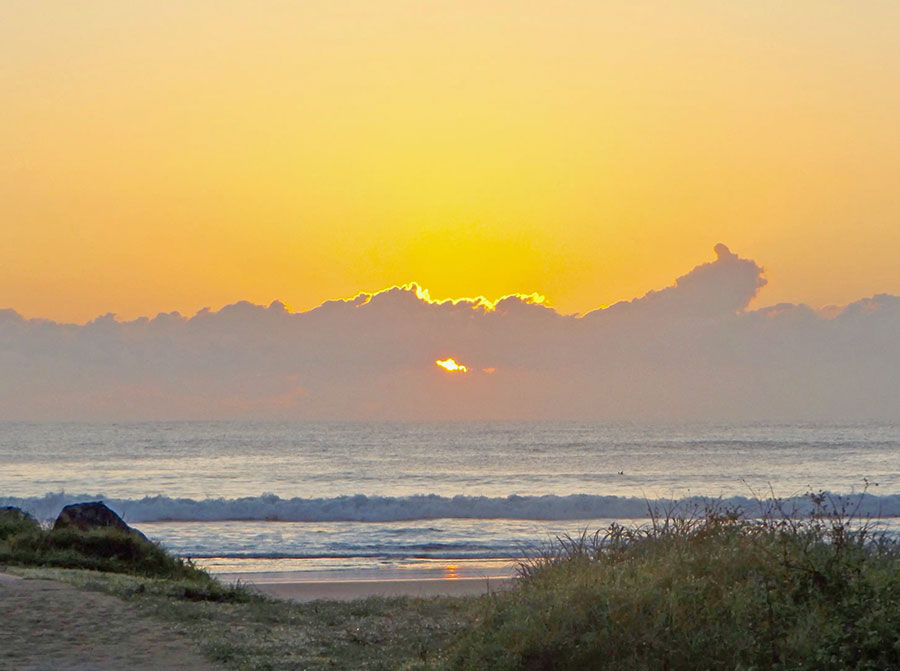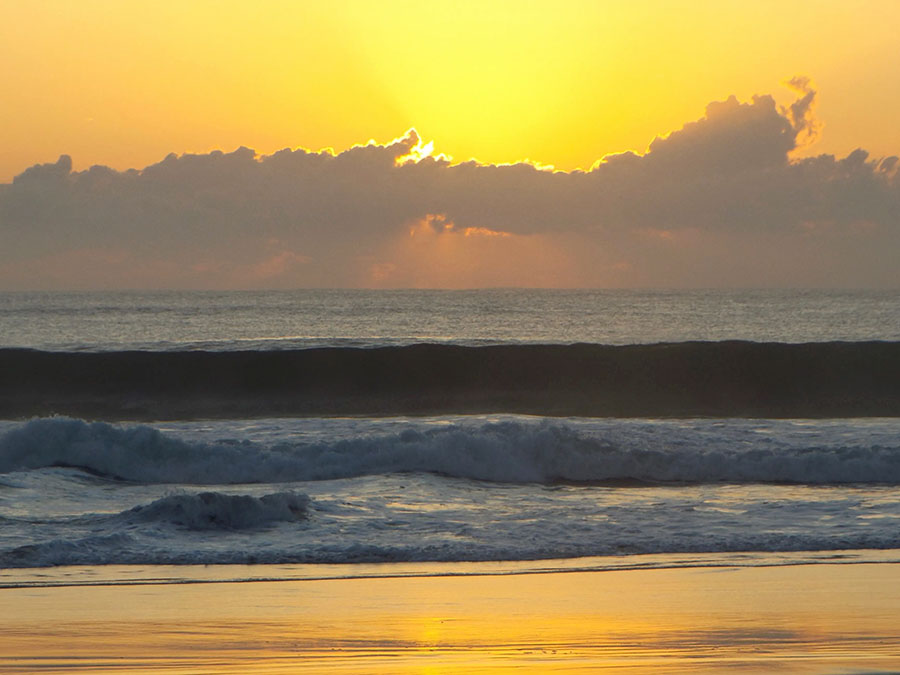Just next to historic Roto House and its café is Port Macquarie’s famed Koala Hospital.


Started in 1973, and now with 200 volunteers, this special facility treats rescued and injured koalas, runs a vet clinic and a conservation breeding program, and offers up close and informative experiences for visitors.
The first time I went was near midday and all I could see were furry balls, fast asleep. Koalas do naturally sleep a lot, to save energy.

Next day I was there at opening time (8.30) and it was quite different. Here helper Geraldine is feeding a medicinal paste to CW, hit by a car, and left with only one eye and brain injury. He will never be able to be released into the wild.
CW was more than eager to take his treatment, and Geraldine wiped his mouth when needed, just like a mother would.

The pens are roomy, with cleverly designed and shaded structures; fresh gum leaves are placed in each every day. About eight food tree varieties, like Swamp Mahogany and Tallowwood, are grown on a separate property.
There are pens for the permanent residents and closed-off, more private pens for those being rehabilitated, to be released back into the wild when ready. With free entry, the Hospital relies totally on donations.

Visitors do get to see how cute and furry are our iconic koalas… and they also get told how at risk they are. From habitat clearing, from disease, from dogs and cars – from our ‘progress’ in fact.
Australia holds the world record for the extinction of mammal species. How shameful is that!?
In 2022 the koala was officially listed as endangered.
How shameful is that!?
John Williamson was so ashamed when he visited the Hospital and realised the koalas’ plight that he wrote and recorded the song, ‘Goodbye Blinky BIll’, which included the lines:
‘I don’t think I could stand the shame, knowing that I could
Have saved the world from losing something beautiful and good.’
And yet, despite the enormous bushfire loss of native forests, our governments are still approving the removal of large areas of koala habitat, be it for logging or coal or gas or housing.
As for the Moolarben coalmine expansion near Munghorn Gap Nature Reserve north of Mudgee. Or the Vulcan South mine in QLD.
With coal and gas mining spreading in the NSW N-W, the Independent Planning Commission said, ‘If coal mining and koalas are to co-exist, then a robust strategy for koala conservation is essential.’
Indeed, but that cannot mean the sham get-out-of-jail system of offsets.

Well may koalas turn their backs on us, given we are doing that to their desperate declining situation. It is predicted they may be extinct by 2050 at this rate.
Where are our priorities?
Who will dare say NO to the developers?
Or who will explain to our grandchildren… and to the world;… how we let this happen?
Goodbye Blinky Bill?





































